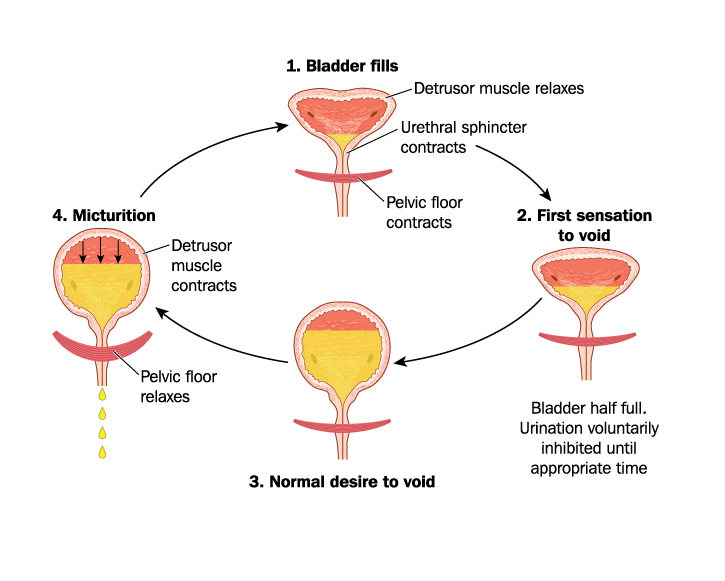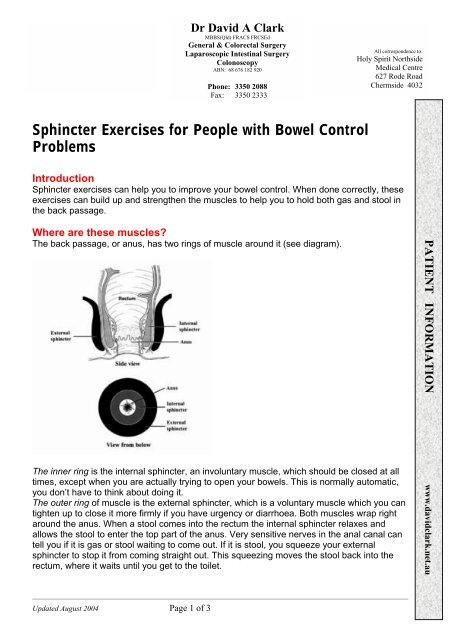
September 12, 2024
Recognizing Fecal Urinary Incontinence After Pregnancy Postpartum Saint Luke's Wellness System
Urinary System Incontinence In Women If birth goes to home, the very first postnatal call needs to be as early as feasible, within 24 hours of birth.5. Make sure a minimum of 3 postnatal brows through for all moms and infants on day 3 (48 to 72 hours), in between days 7 to 14, and 6 weeks after birth.6. The use of prophylactic antibiotics amongst females with a vaginal delivery and a third or fourth-degree perineal tear is suggested to avoid injury complications.8. This fresh blood carries oxygen and nutrition to the muscles and nerves and carries co2 and atrophy. The few mins in between tightenings are generally sufficient for the tissue to recuperate. After shipment, the pelvic floor can experience numerous changes. The pelvic muscles and nerves have actually stretched to permit the infant to travel through the birth canal. A lot of the time, the muscle mass recoup with no symptoms. Sadly, some females have actually described a feeling of looseness and lowered total feeling.Find Out More Concerning The Pelvic Floor After Giving Birth From Baptist Health And Wellness
Nonetheless, most ladies that deliver vaginally stay continent, so no person is suggesting that all females have cesarean sections to avoid the possibility of later urinary incontinence. We clearly do not recognize all the factors that establish who creates urinary incontinence, so cesarean section would certainly not be needed in many women with lengthy or hard labors. With our existing understanding, many females would certainly have to have cesareans in order to prevent one female from developing urinary incontinence. The long term pain and recovery from cesarean at a time when the mom intends to be focused on looking after her baby are also not in anyone's benefit. The huge majority of females who give birth do not establish urinary incontinence. In most cases, the damages created by childbirth repairs itself gradually as the tissues experience the normal recovery process.- The professional incidence of SUI in primiparas is reasonably high.
- Tighten your pelvic muscles as if you're raising the marble.
- Develop to doing the workout 10 to 15 times in a row, a minimum of 3 times a day.
- Much to every person's surprise, episiotomy may really trigger, not avoid, pelvic prolapse and incontinence, specifically what it was intended to assist stay clear of.
Vaginal Discharge
The pelvic flooring muscular tissues are an encouraging container of muscle attached to the pelvic bones by connective cells to support the vaginal canal, uterus, bladder and digestive tract. It is suggested to prevent maternity following giving birth since this is the time the body is healing. If a lady gets expecting ahead of time, there is always a danger of premature delivery. Content on this internet site is provided for info purposes only. The info and materials included on this web site are not meant to comprise a thorough guide worrying all elements of the therapy, product or treatment defined on the internet site. Throughout succeeding pregnancies, more than three quarters develop this trouble. However, a lot of the ladies that have urinary incontinence during pregnancy return to full continence after shipment as the tissues of the birth canal recover. Only about 5% of these females still have tension incontinence a year after the delivery. Women with a high BMI, or those that retain pregnancy weight gain after the birth of their child( ren), are most likely to experience incontinence and pelvic organ prolapse (POP) after delivering. Postpartum weight-loss reduces the danger of urinary system incontinence, even if other threat aspects such as age and/or kind of delivery approach exist. Doing routine Kegel exercises will certainly enhance the pelvic floor muscular tissues and can assist to prevent urinary incontinence after childbirth. For some ladies this stress can cumulatively add up to lots of hours. 2 nerves, called the pudendal and the pelvic nerves, push each side of the birth canal within the muscle mass that are directly under the child's head. Since they are so near to the infant's head, these nerves are particularly vulnerable to the stress of labor. The pudendal and pelvic nerves carry the signals from the brain to the muscles that hold the bladder and anus in position. If these nerves are wounded, the signals implied for the muscular tissues around the bladder, vaginal canal, and rectum may not be transferred appropriately.Will postpartum urinary incontinence disappear?


Social Links